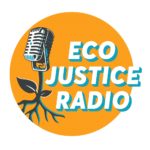

Subscribe to EcoJustice Radio:
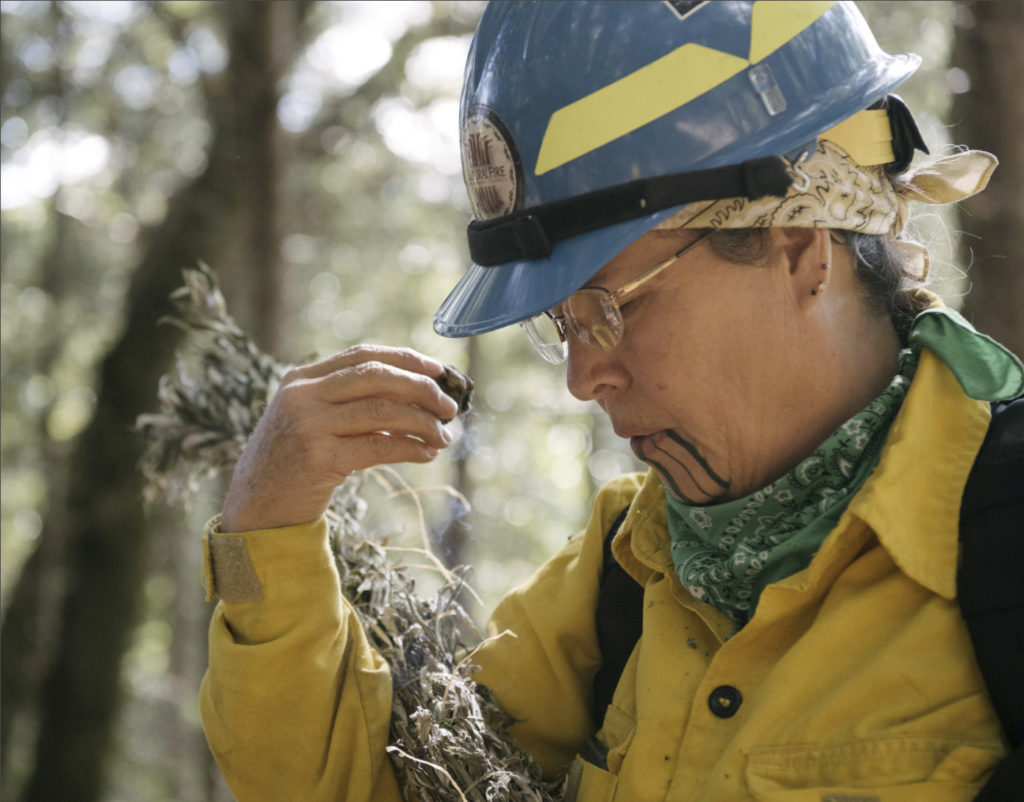

Native Prescribed Burning: Fire as Medicine for the Land
Native peoples have used the tool of fire as medicine. Fire was understood to be a spirit, a healer and sacred in its own right. Traditional Native controlled burning, called cultural fire, utilizes ancient agro-forestry practices, technology developed through time by the Karuk tribe and Indigenous Peoples around the world.
Tune in to hear Elizabeth Azzuz, Secretary of Cultural Fire Management Council, discuss her work in a 2020 interview using Traditional Native Karuk methods of prescribed burning to protect forests, heal degraded ecosystems, and reestablish forest-grown food, medicine, and products.
STORY: Dam-Free: Indigenous Peoples Reclaim the Klamath River
In the early 1900s, colonial settlers began the history of fire suppression that essentially still exists in California. Native peoples were prevented from burning even in a controlled way; some were shot and killed for engaging in this highly beneficial cultural practice. Later, the U.S. Forest Service adopted fire suppression as their gold standard. California state policy currently mandates stopping fires as soon as they ignite, which has led to dense forests that could easily erupt into major fires, especially if exacerbated by brush and dry “fuels.” Many people aren’t aware that the pristine landscapes of California have been consciously culled and cleared by Native hands for thousands of years. Many of these places are the result of sacred reciprocity, intention, and stewardship.
STORY: Ethnobotany, Cultural Fire, and Indigenous Stewardship with Payoomkawish Elder Richard Bugbee
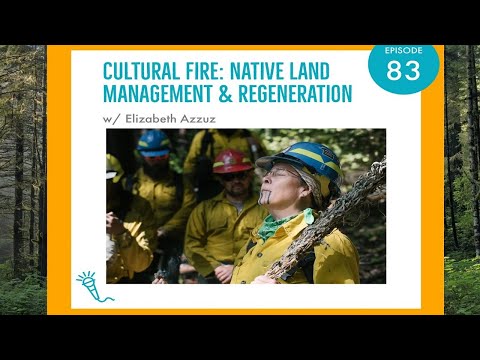
Watch this video on YouTube
With global climate heating turning the West Coast of the US into an arid tinderbox, this has been another year of the megafire. Thus, the cultural fire practice of Elizabeth Azzuz on the North Coast of California sets an important example on how to protect and regenerate forests for the people and wildlife who call them home using traditional ecological knowledge.
When our work is successful, life will be thriving with deer, birds, mushrooms, open prairies, grasslands and clear creeks. ~ There is laughing. Kids are playing all over. ~ All of the brush is gone and we can see the river. The land all the way down the road has been burned. It is like the pre-contact landscape, and we are able to truly live off the land. ~ We get that humble and respectful feeling. Our prayers with our ancestors are heard because our connection with the land is growing stronger and stronger. These prayers are carried by the smoke, and answered by the fire. ~ People are leading and the agencies support it. ~ A little ways back and a long ways out, we have the knowledge to make rain. — Indigenous Peoples Burning Network (IPBN)
Elizabeth Azzuz is a cultural fire practitioner. She gathers and propagates traditional food and medicinal plants. Of Yurok and Karuk descent, she comes from and lives in her traditional territory where the Trinity River flows into the Klamath on the North Coast of California. Elizabeth is a mother and grandmother; at the age of 4 she learned about burning from her grandfather.
Facebook: https://www.facebook.com/CulturalFire
Website: http://culturalfire.org/
Indigenous Peoples Burning Network (IPBN) with Margo Robbins: https://www.conservationgateway.org/ConservationPractices/FireLandscapes/FireLearningNetwork/RegionalNetworks/Documents/IPBN-Poster-Apr2016.pdf
Wilder Than Wild Film: https://www.wilderthanwildfilm.org/
National Geographic: https://www.nationalgeographic.com/history/2020/12/good-fire-bad-fire-indigenous-practice-may-key-preventing-wildfires/
Podcast Website: http://ecojusticeradio.org/
Support the Podcast: https://socal350.org/contribute-to-socal-350-climate-action/
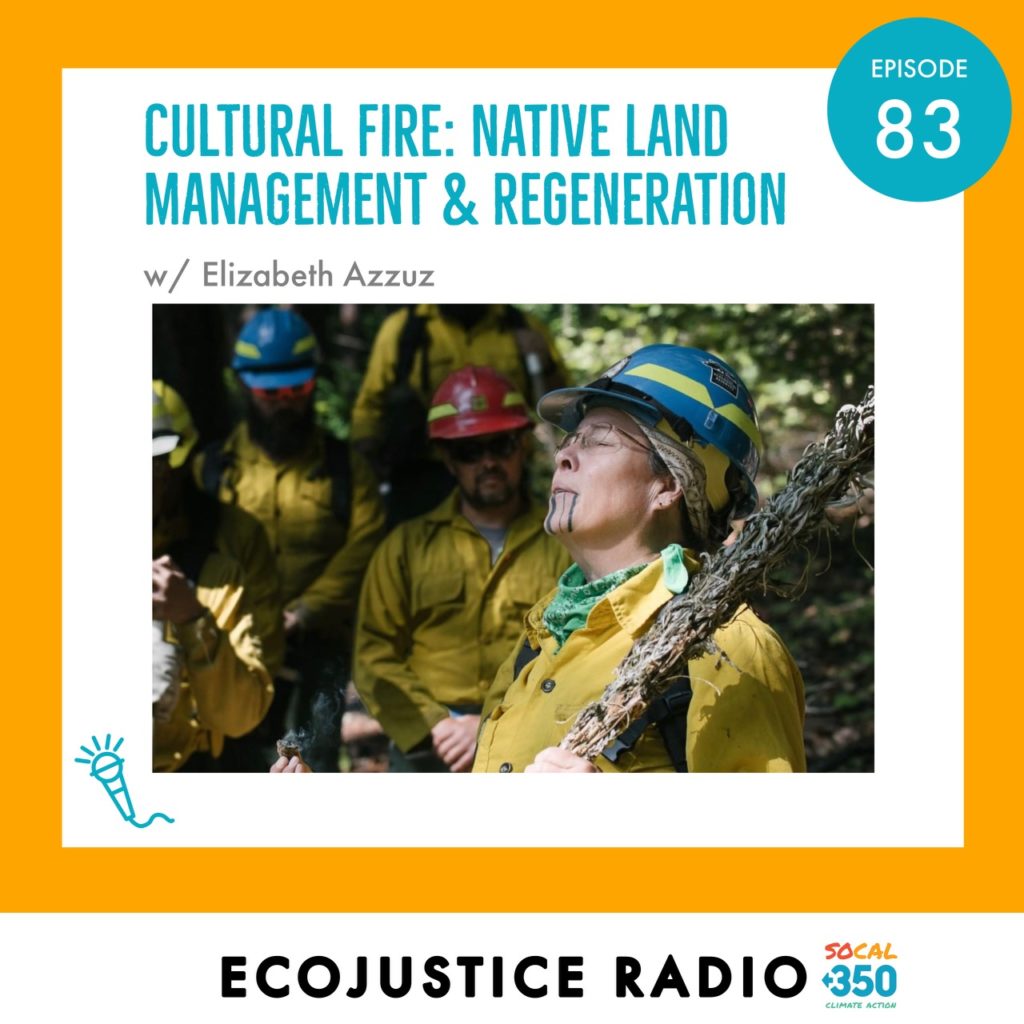
Interview by Carry Kim
Intro by Jessica Aldridge
Engineer: Blake Lampkin
Executive Producer: Jack Eidt
Music: Javier Kadry
Episode 83
Photo courtesy Kiliii Yuyan
Original Post 27 November 2020, Updated 20 September 2022

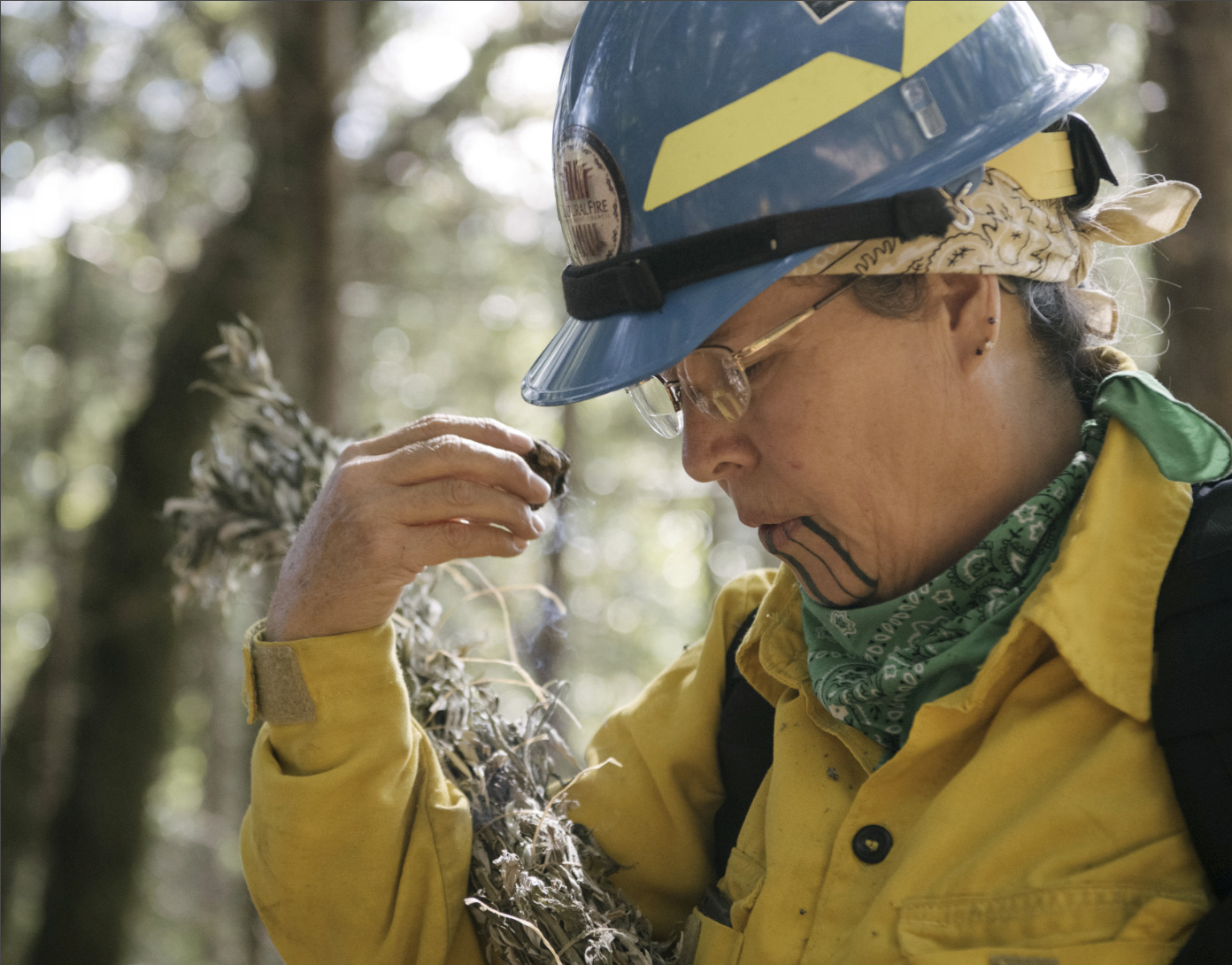


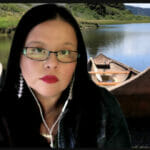
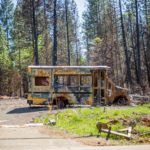
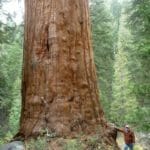
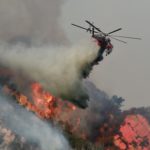
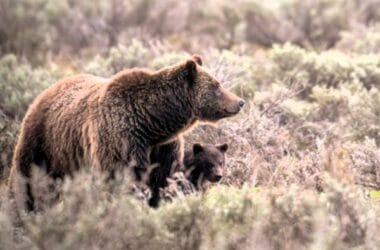
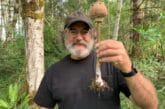
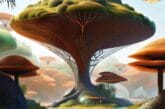


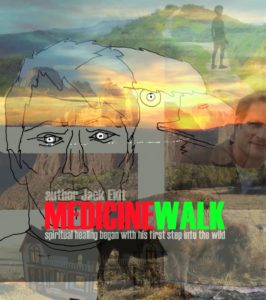
Pingback: Kumeyaay People: Traditions Survive in Baja California
Pingback: The Winnemem Wintu: Bringing the Salmon Home
Pingback: Forest Spirits ‘Induce Confusion’ in Native Vancouver Island
Pingback: Climate Crisis Ignites: Why L.A.'s Fires Are a Wake-Up Call - WilderUtopia